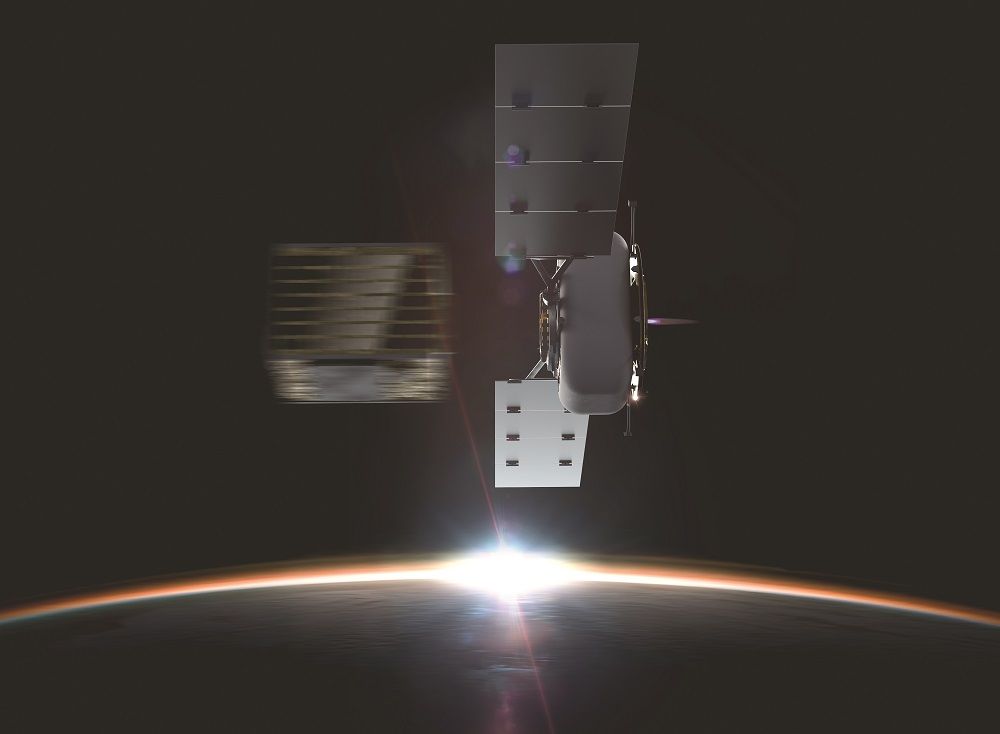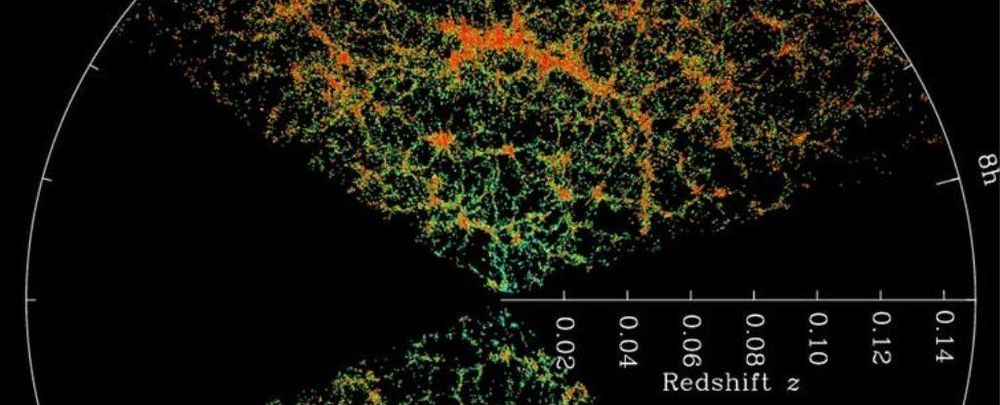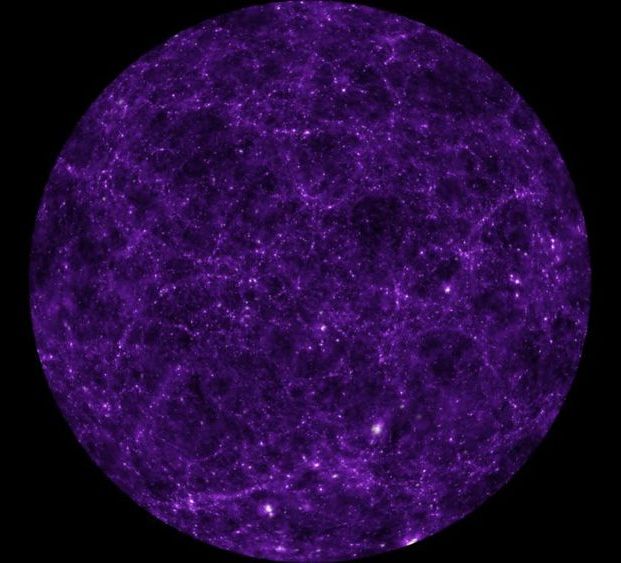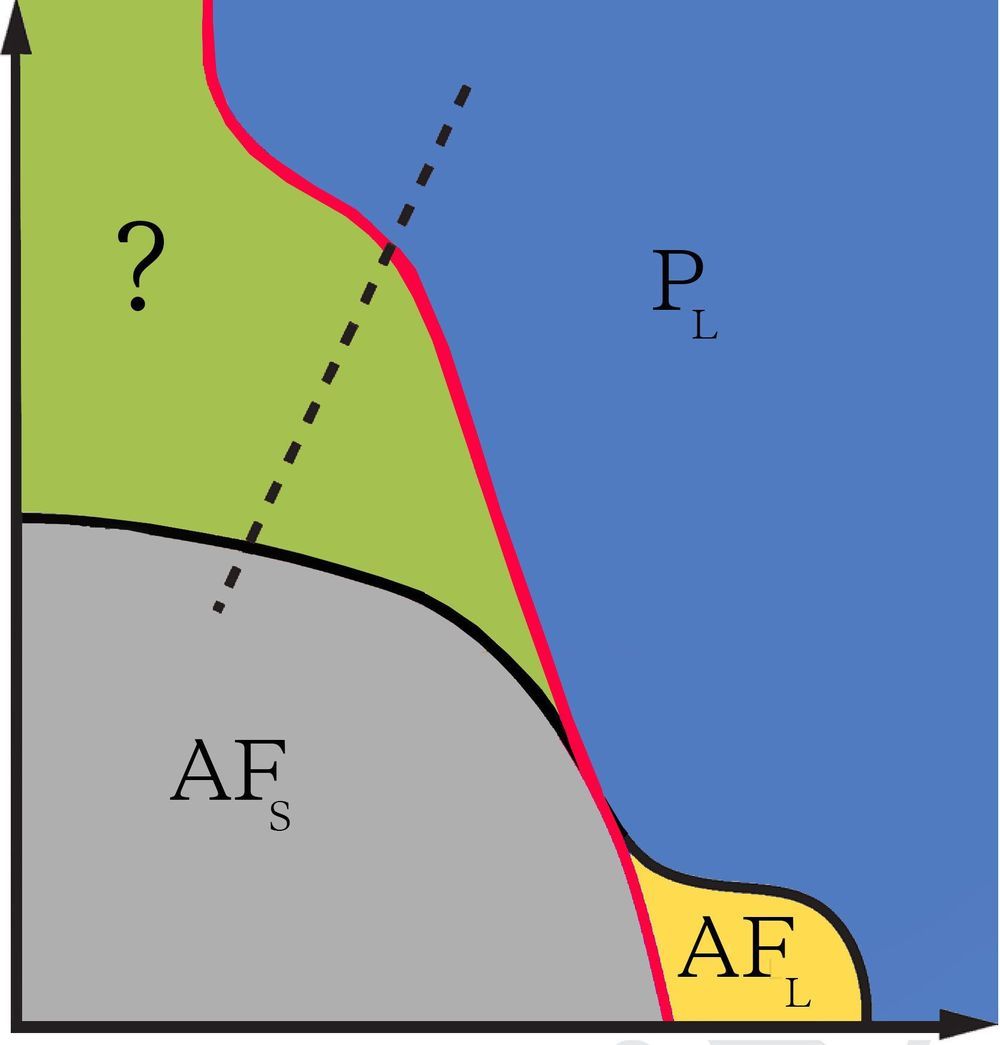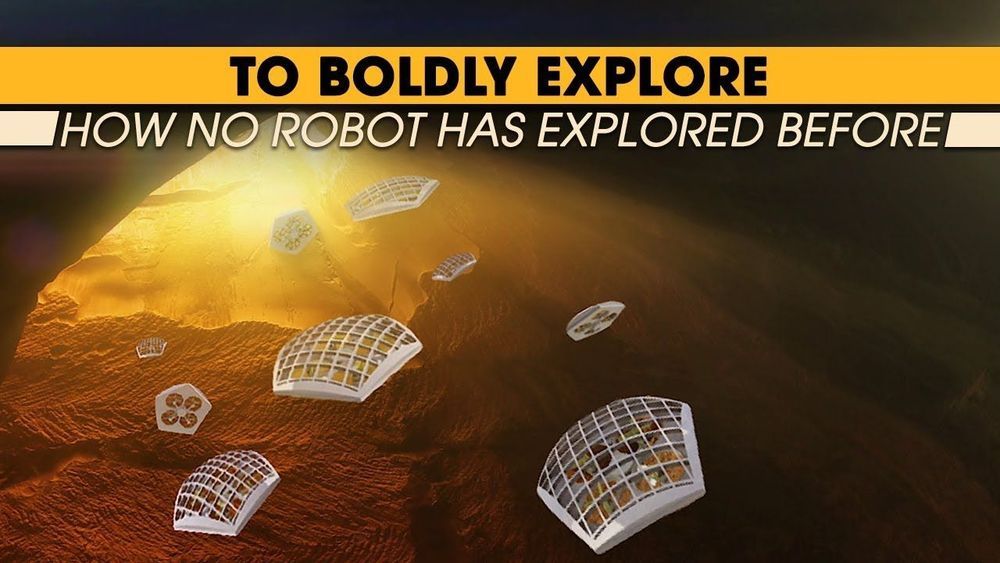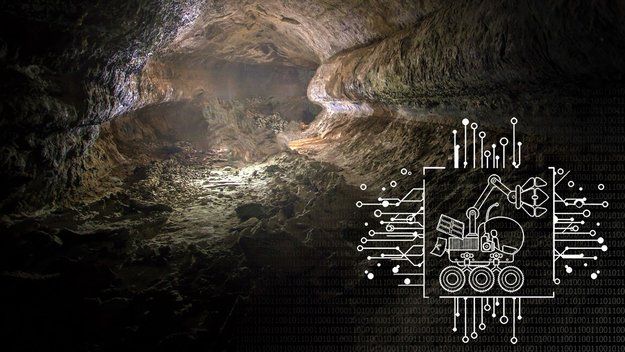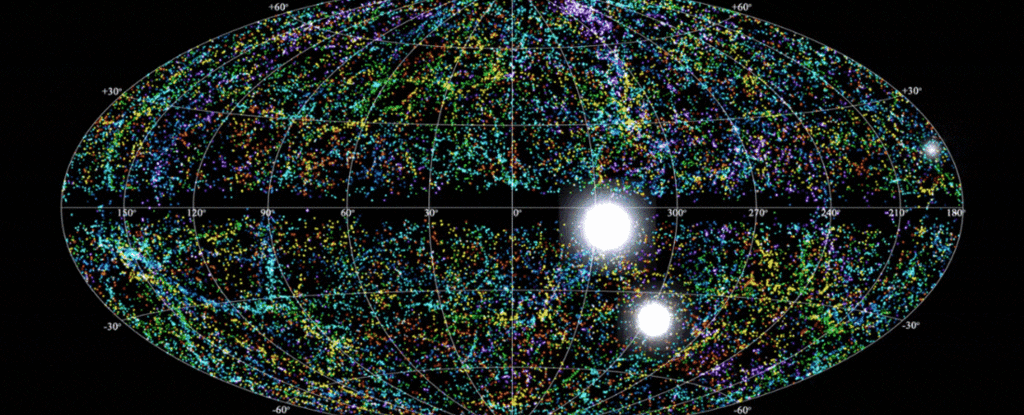Nov 23, 2019
Water propulsion technologies picking up steam
Posted by Klaus Baldauf in categories: mapping, satellites
This article originally appeared in the Aug. 19, 2019 issue of SpaceNews magazine.
When the Aerospace Corp. launched the Optical Communications and Sensor Demonstration in 2017, one mission objective was to test water-fueled thrusters. At the time, the idea was fairly novel. Two years later, water-based propulsion is moving rapidly into the mainstream.
Capella Space’s first radar satellite and HawkEye 360’s first cluster of three radio-frequency mapping satellites move in orbit by firing Bradford Space’s water-based Comet electrothermal propulsion system. Momentus Space and Astro Digital are testing a water plasma thruster on their joint El Camino Real mission launched in July. And an updated version of the water-fueled cold gas thrusters the Aerospace Corp. first flew in 2017 launched in early August.
